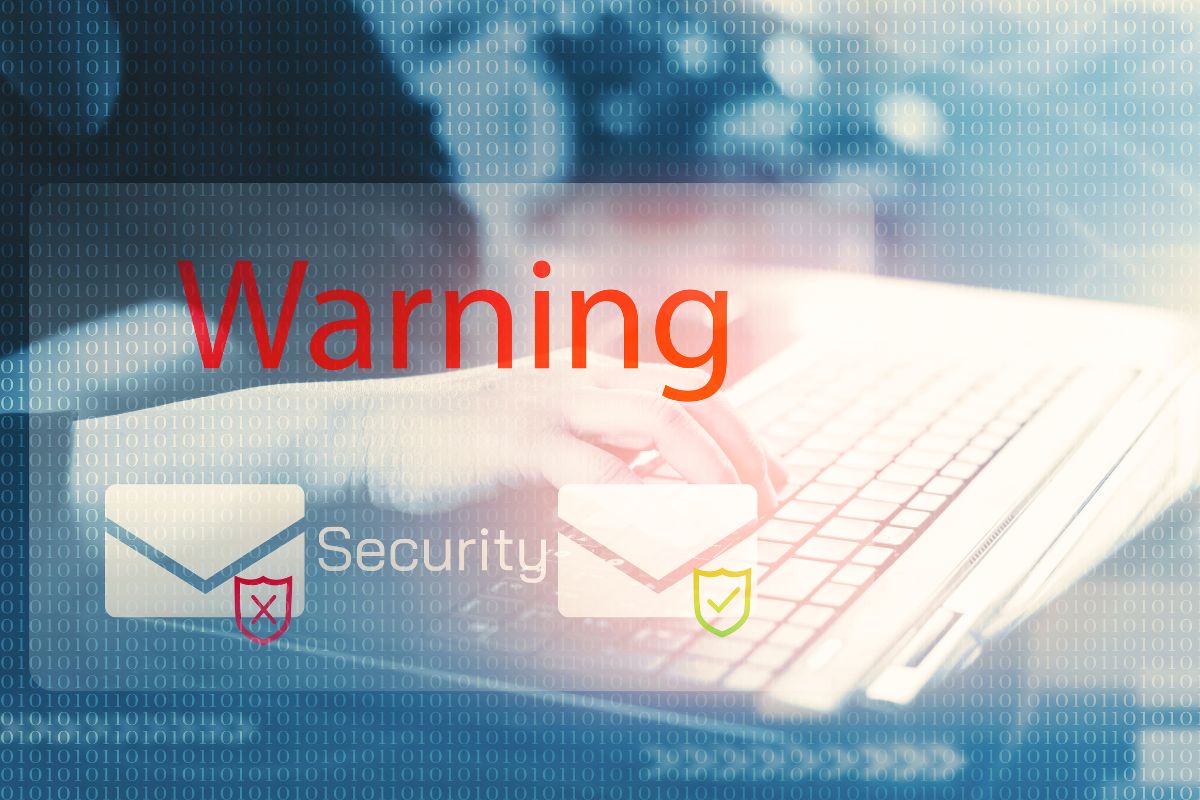
Email Authentication Protocols to Protect Your Business
By Peter Summers, vCIO
IN THIS ARTICLE:
Email is an essential tool for businesses and individuals alike, making it a prime target for cybercriminals. Protecting your business against email-based attacks goes beyond having the latest threat detection tools and educating your users not to click on suspicious links.
Here are a few more technical email security measures, including DKIM, DMARC, and SPF, that organizations need to implement to cover their foundational bases.
Email Authentication Protocols: DKIM, DMARC, and SPF
DKIM, or DomainKeys Identified Mail
This is a protocol that enables email recipients to verify that an email is really from the sender it says it’s from and that it hasn’t been tampered with or modified during transit. DKIM works by adding a digital signature to the header of an email message when it’s sent. That signature is then verified by your email provider using a public key published in the DNS (Domain Name Server) records for the domain. If it’s checked and found to be a valid signature, the email is in fact from the sender it claims to be from and hasn’t been tampered with.
SPF, or Sender Policy Framework
SPF is an email authentication protocol that enables domain owners to specify which IP addresses are authorized to send emails on their behalf.
For this protocol, the domain owner publishes a list of authorized IP addresses in the DNS records for the domain. Email providers can use this information to confirm that emails claiming to be sent from this domain are truly coming from the approved list of IP addresses.
DMARC, or Domain-Based Message Authentication, Reporting, and Conformance
This protocol builds on DKIM and SPF by providing a way for domain owners to declare their email authentication policies and receive reports on how their emails are being handled by email providers. Giving domain owners this ability to keep an eye on their email traffic and detect unauthorized use of their domains can be incredibly useful for helping to prevent phishing and other kinds of email-based attacks.
A Dynamic Trio
DKIM, DMARC, and SPF work together behind the scenes to provide a more powerful defense against email-based attacks. Increasing the ability of email recipients to verify the authenticity of incoming email messages alone is a huge security improvement. Pair that with the ability for domain owners to specify the use of their domain name, monitor their email traffic, and detect and block unauthorized use of their domain name, and these protocols can help prevent phishing, spoofing, and other types of email fraud.
These protocols are more on the complex technical side, and they require careful planning and configuration. Be sure to work with experienced email security experts to set them up correctly and get your organization more protected against email-based security threats.
Already a client of CIO Solutions? Reach out to your vCIO to discuss DKIM, DMARC, and SPF and where it fits in your email security plan!
Not a client yet, but curious about learning how to boost your organization’s security posture? Let’s talk about your options!